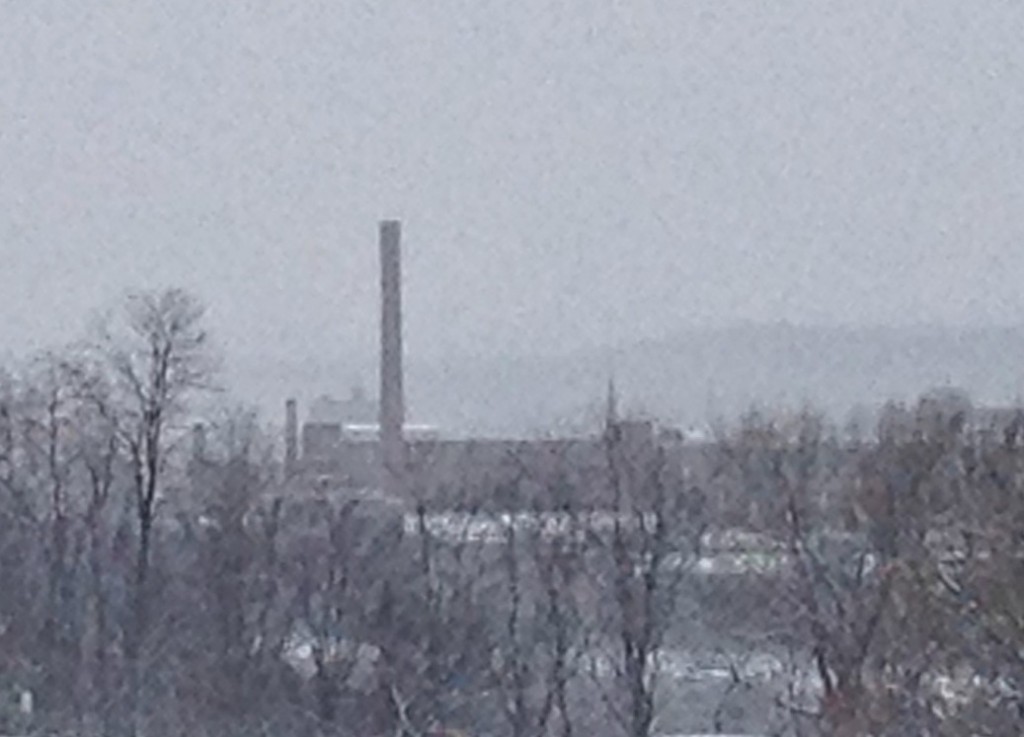The Erie Canal: Today, a corridor of rust and blight runs along the outline of this once prosperous waterway.
The Erie Canal is a topic I took interest in after visiting Central New York over the holiday. While this is a bit “off course” from the topic of Boston Harbor, I think it is relevant as it is a meaningful piece of American nautical history. While still used for recreation and the occasional commercial traffic, the Erie Canal faded into obsolesce almost a century ago as it was replaced by rail and then road. However, the footprint of the canal and all it left behind remains in place to be seen today.
A part of the old lock system over the Erie Canal west of Syracuse, NY:
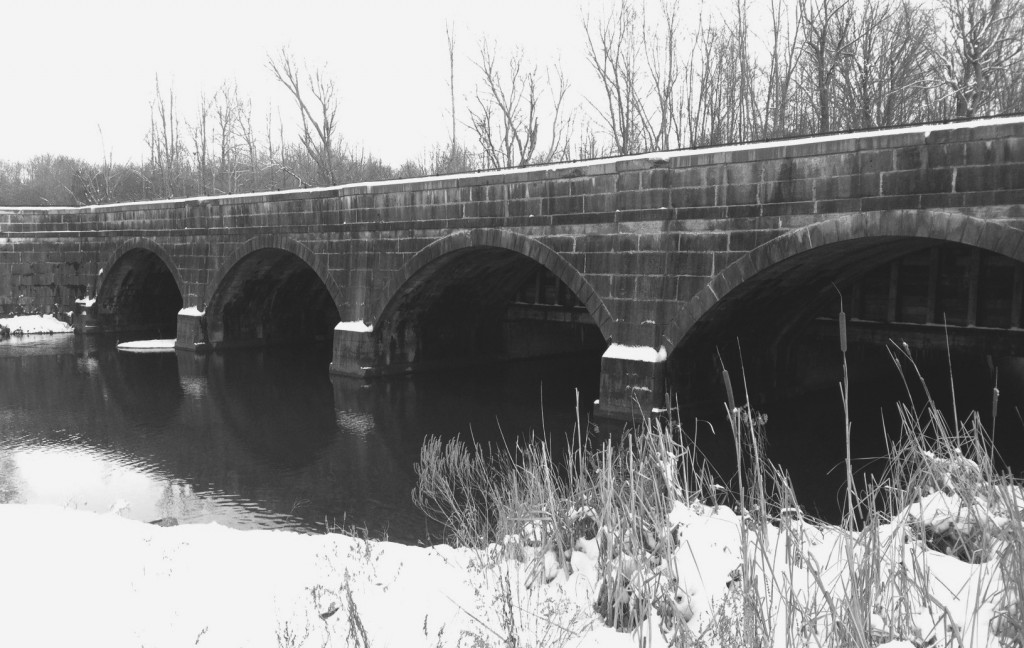
Commenced in 1807, the Erie Canal project was one of the greatest works of American engineering of the era. The original intent of the canal system was to create a domestic shipping link between the Great Lakes and the Atlantic Ocean. Such could be done with this canal, flowing from Lake Erie in Buffalo, NY, all the way to the Hudson River, which empties into the Atlantic Ocean at New York City.
As a glacially-carved pathway, the Mohawk River valley at its intersection with the Hudson is the only cut through the Appalachians North of Alabama. This geological characteristic made the area perfect for a canal system connecting the Atlantic with the Great Lakes.
The complex system connecting these ends was done with the help of a system of over 50 locks, to adjust for the great changes in elevation between Lake Erie and the Hudson. To this day, the mouth of the Mohawk at Cohoes, NY where it empties into the Hudson, is subject to large tidal fluctuations, despite its source being located several hundred miles inland, and over one thousand feet higher in elevation.
A map of the Erie Canal near its peak of usage, 1853:

Unknown author, Creative Commons license.
Looking at a rural section of the remains of the Erie Canal today, just west of Syracuse:
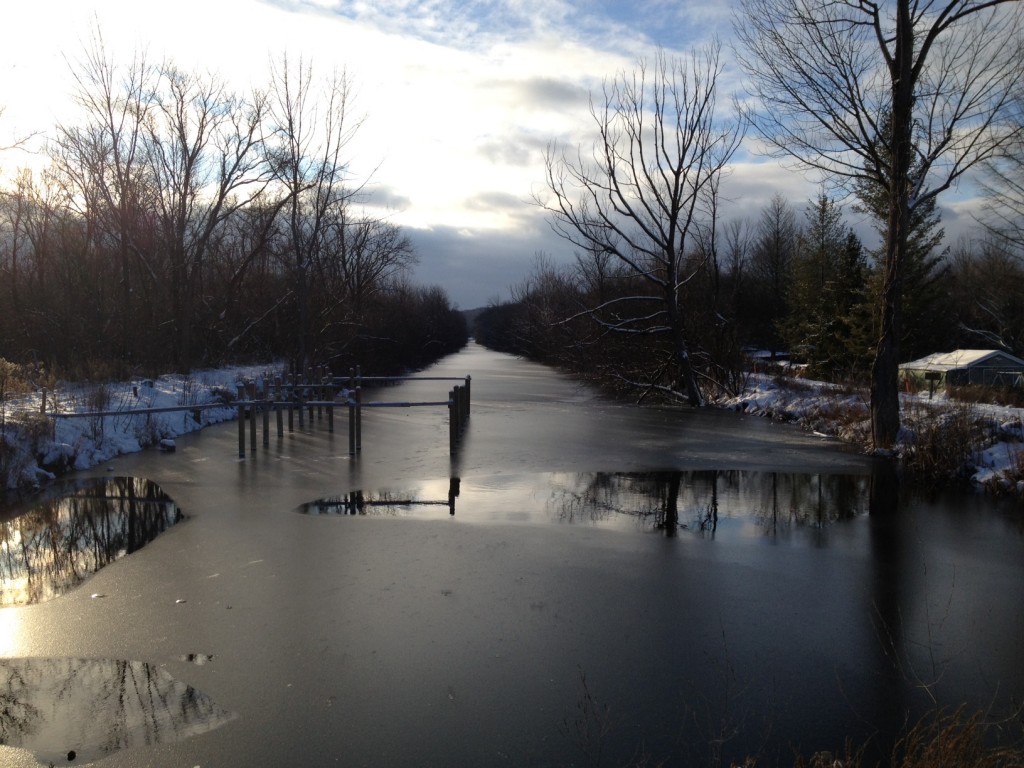
The Erie Canal sparked an industrial boom through the center of New York, creating an economic super-center which may have in its time been the equivalent of California’s Silicon Valley or Boston’s Route 128 belt today.
The evolution to rail and road followed, with today’s interstate route 90 somewhat closely following the path of the Erie Canal.Sadly, the canal became less relevant over the years as more efficient, alternative means replaced horse-drawn canal boats. Subsequently, the post WW-II de-industrialization of America, and the trend of offshoring of American industry has proven disastrous to most of the factories and plants that were located adjacent to the canal, and are now left in its footprint. Today, a corridor of rust and blight runs along the outline of this once prosperous waterway.
Along the Erie Canal today:
Below are some photos I took near Syracuse, NY of the area adjacent to the path of the Erie Canal. In doing some research, I came across a very cool website called Yestercuse, which contains a vast amount of historical information about the city.
Clinton Square, in downtown Syracuse, NY, taken in 1904. Note the Erie Canal runs right through the center of town:

Creative Commons License. 1904, Library of Congress.
A photo of the same location in Syracuse, NY as it appears today. This photo was taken yesterday, 12/26/12. Note the space which the Erie canal once occupied has been replaced by a major road, Erie Boulevard:
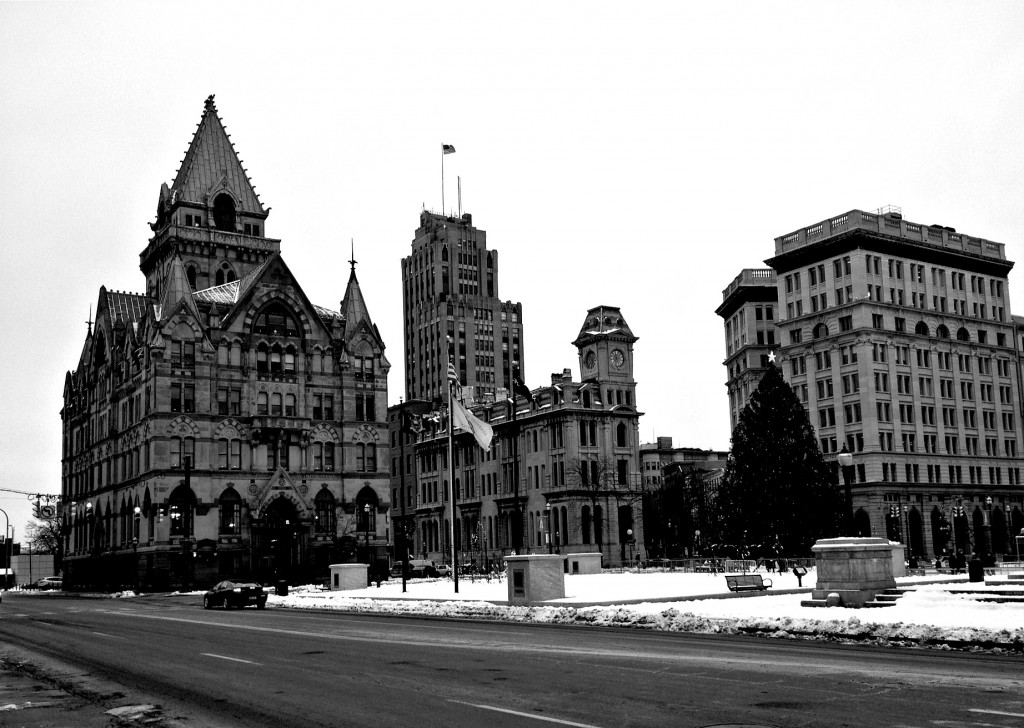
Some of the structures that the Erie Canal has left behind: An abandoned railroad station, belonging to the New York Central Railroad. Located just two blocks South of the above square, this station was part of an elevated rail system which is now interstate route 690. This station was shut down in the early 1960s:
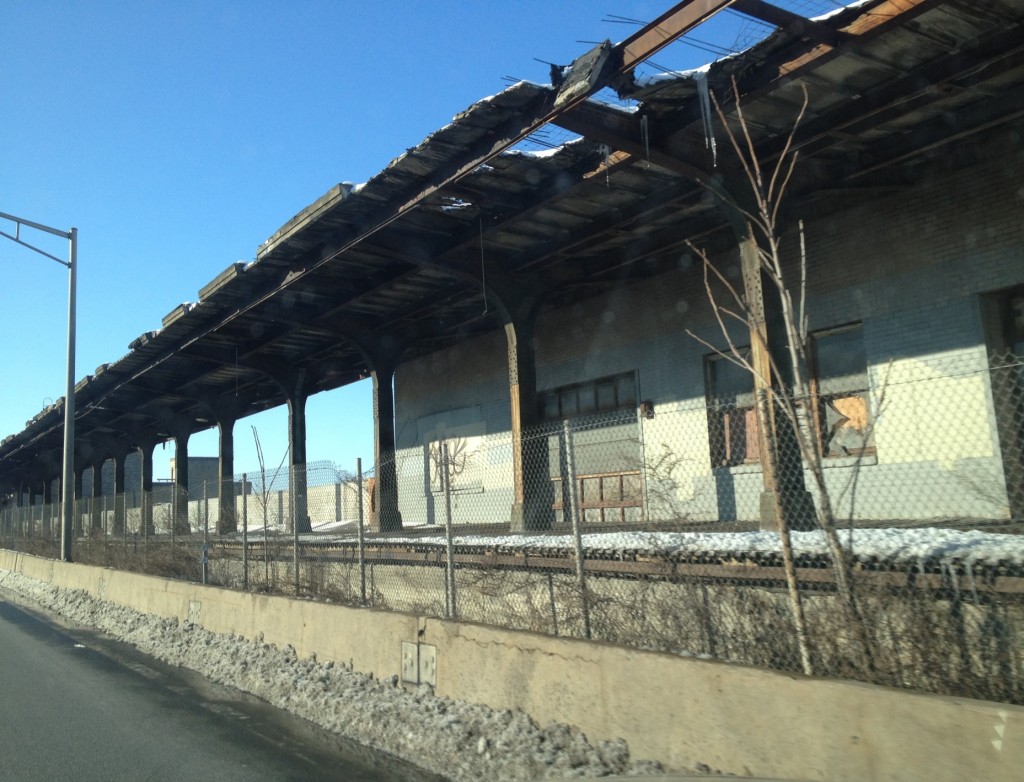
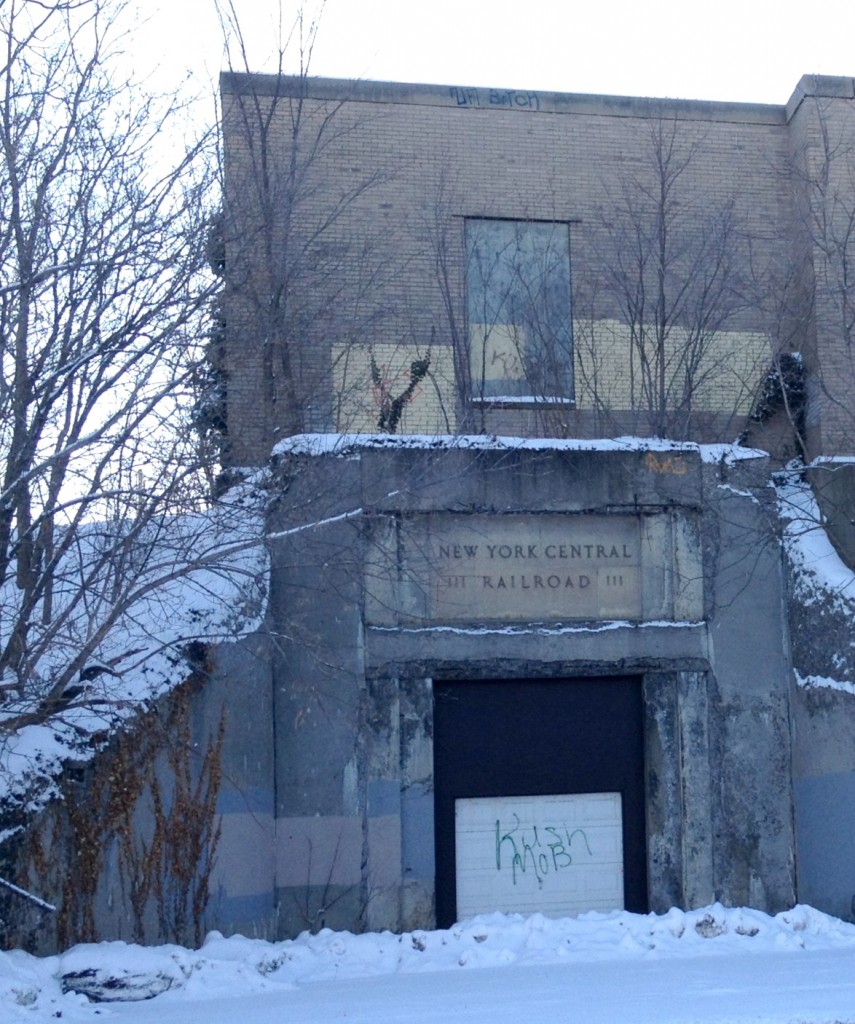
Major rail lines now run parallel to much of the Erie Canal. Here, an iron rail bridge, still in use today, crosses Erie Boulevard, just west of the City of Syracuse:
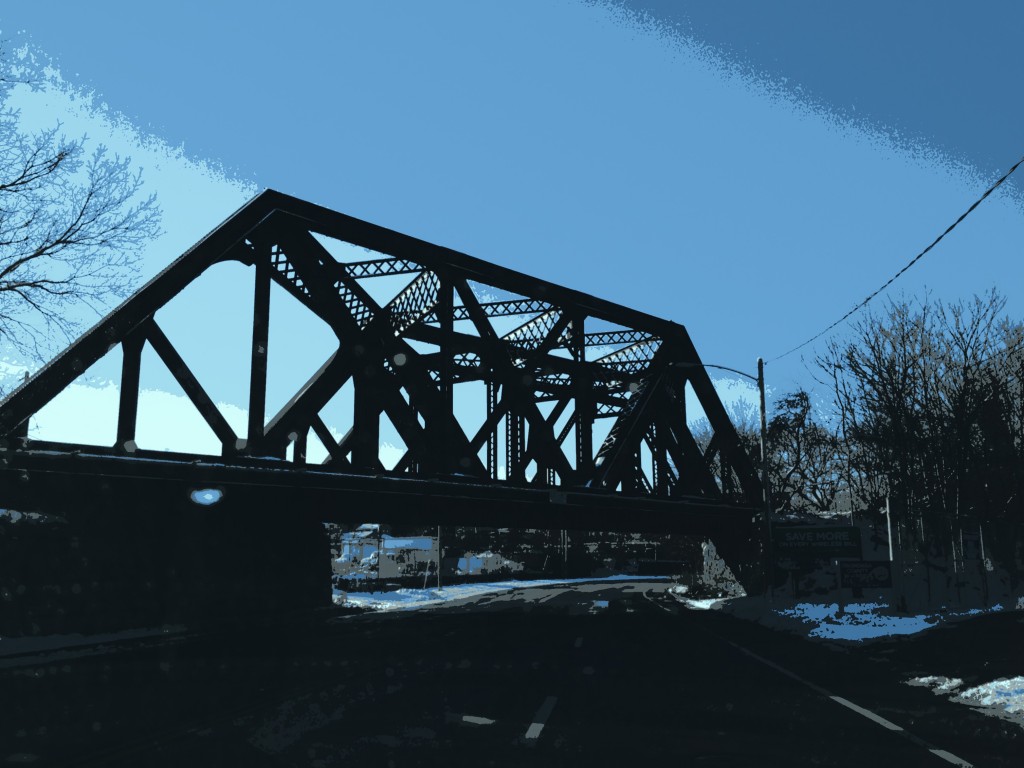
Just west of the City of Syracuse lie several abandoned industrial buildings. Visible below is the Marsellus Casket factory to the left, along with what appears to be a closed sign manufacturing plant to the right. The casket factory closed in 2003, while the outline of its logo still appears on the faded side of the building.
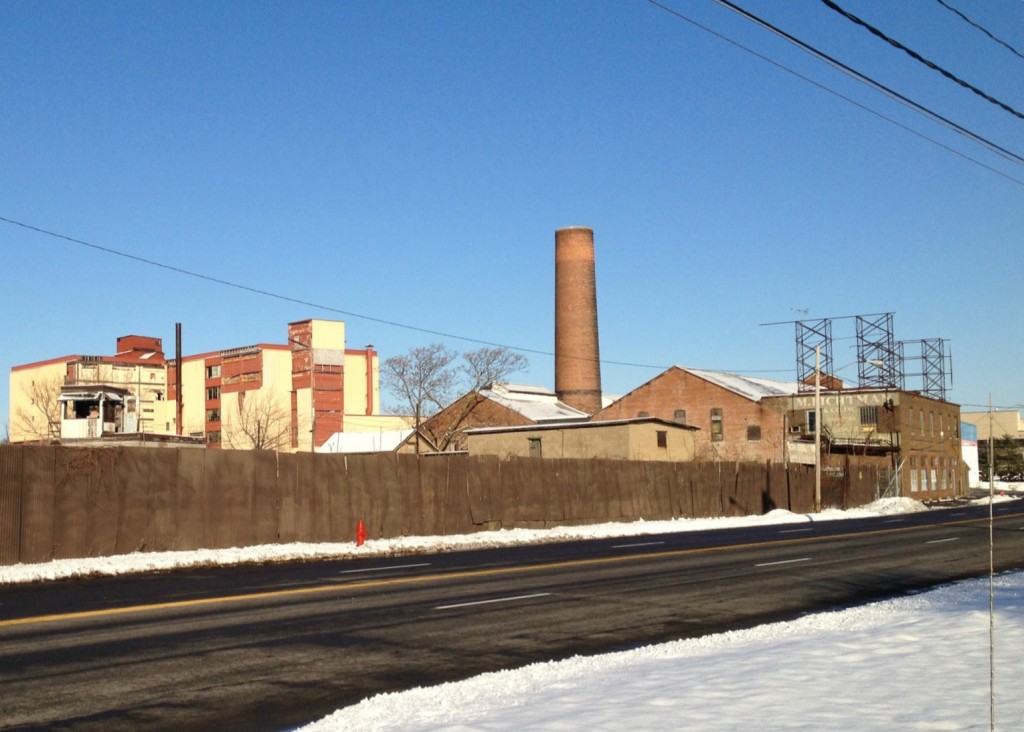
The alleys between the abandoned factories have started to become overgrown:
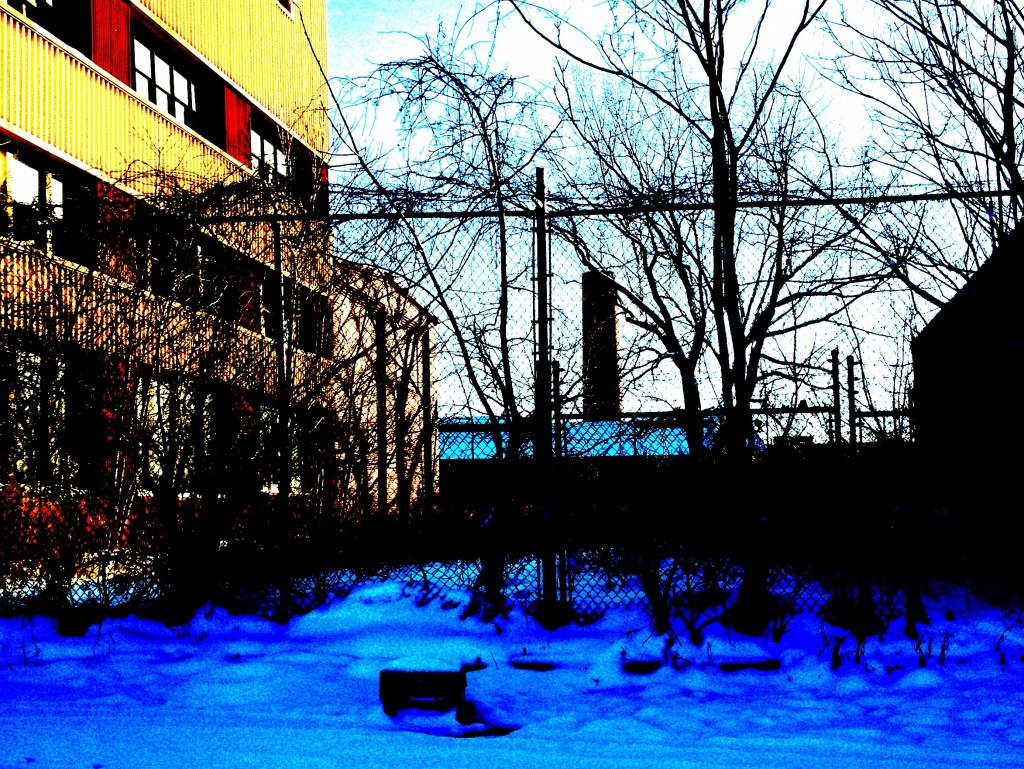
Below is a photo of another abandoned factory off the old path of the Erie Canal, near the intersection of Erie Blvd. and West Fayette St. This factory, near the present day Fowler School, was likely once part of the Franklin Automobile manufacturing complex, which was closed in 1934:
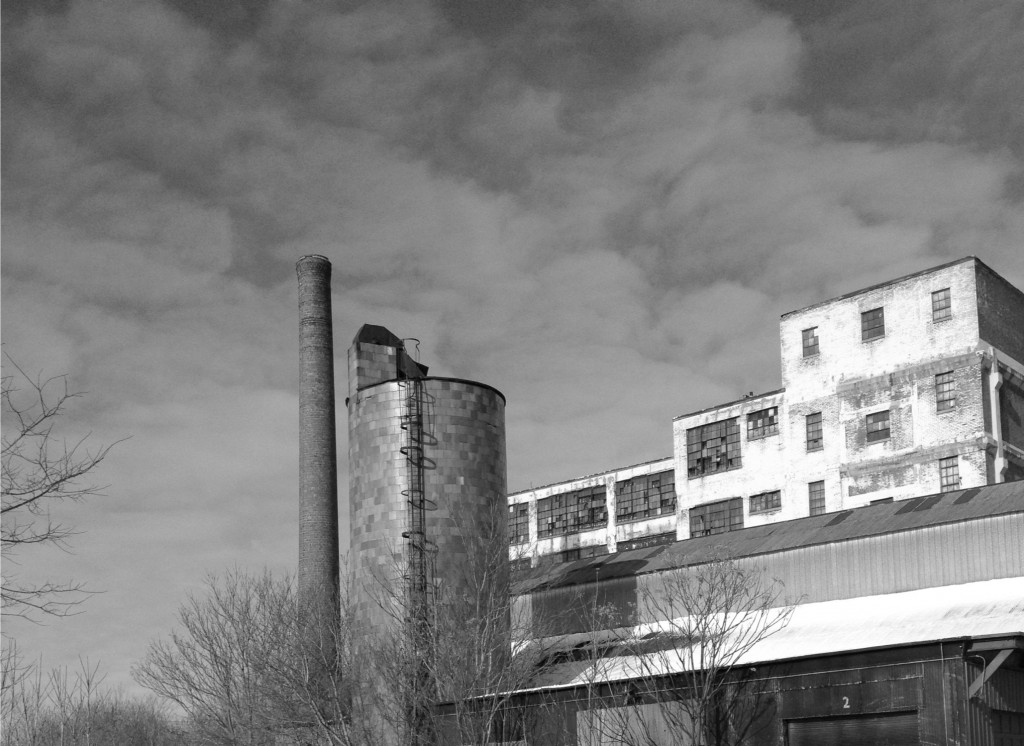
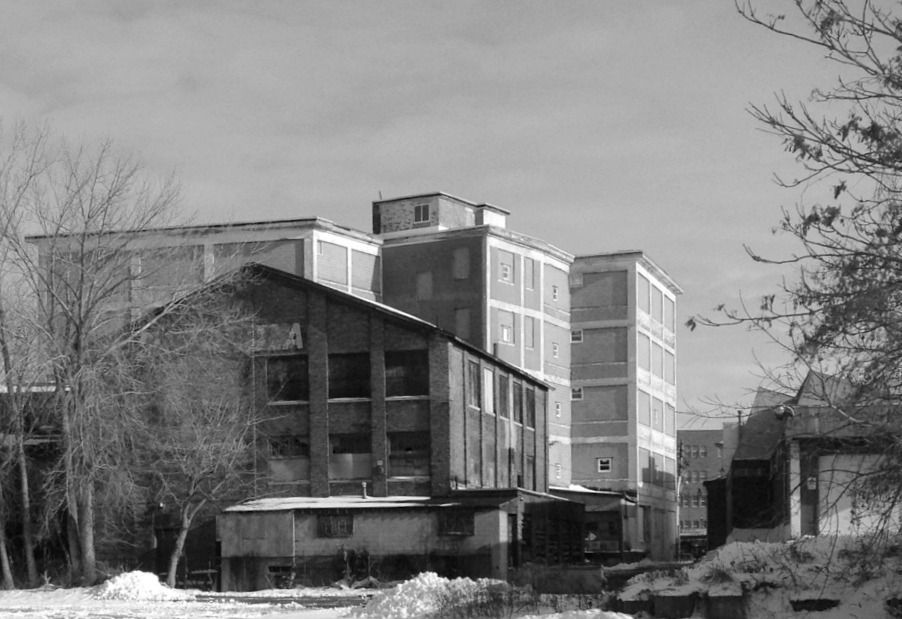
A metal plant which remains operational, near the west side of Syracuse:
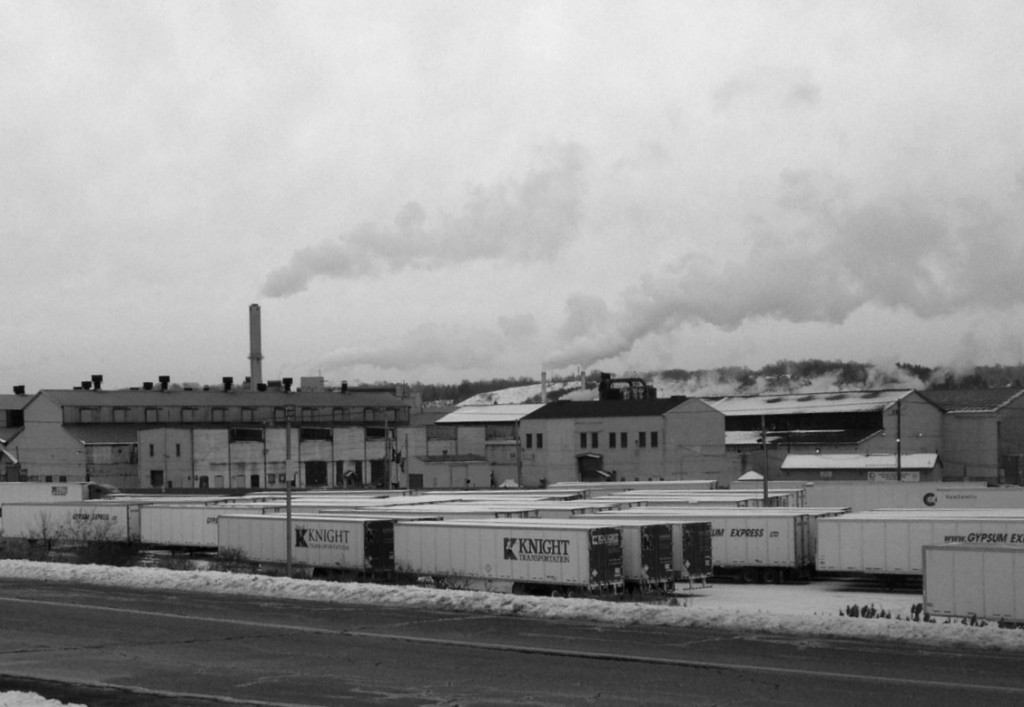
The present day landcape adjacent to the Erie Canal, west of Syracuse:
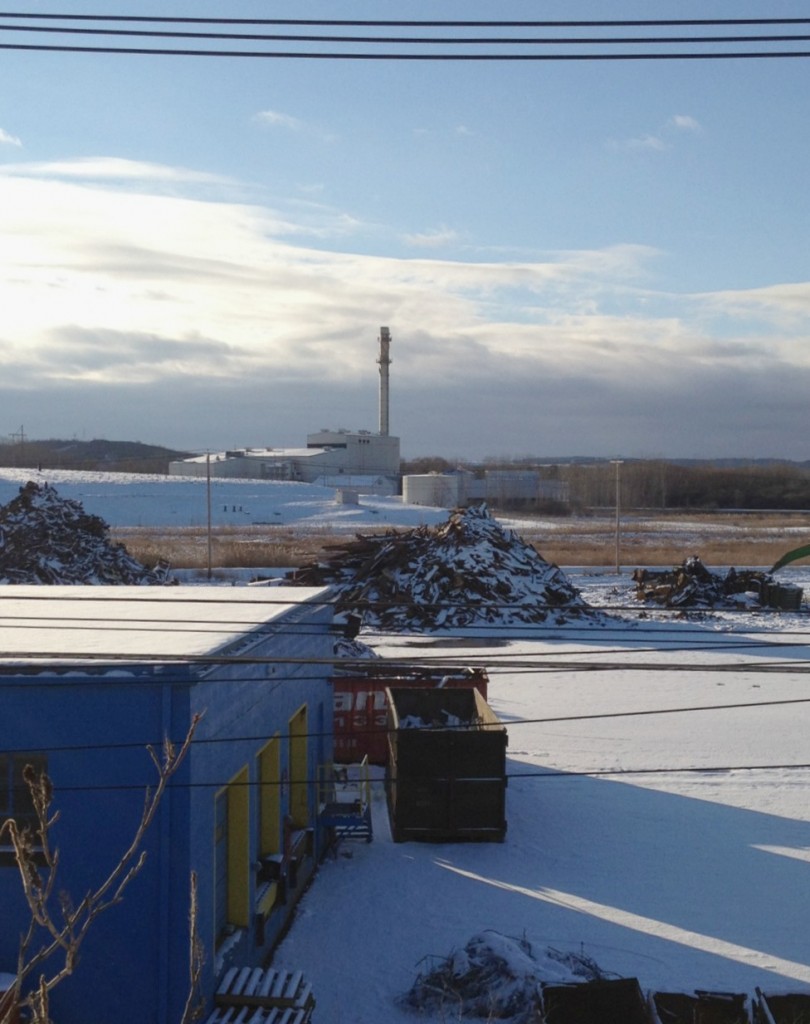
The path of blight subsides away from city centers as the Central New York landscape quickly shifts from industrial to agricultural once the city limits are left behind. However, the common trend of abandoned industry persists through the whole Mohawk Valley corridor. A similar landscape exists here in the cities of Utica and Ilion, some 70 miles away, and Amsterdam, some 50 miles beyond that.
The former Beaunit Fibers plant in Utica, closed in the early 1960s:
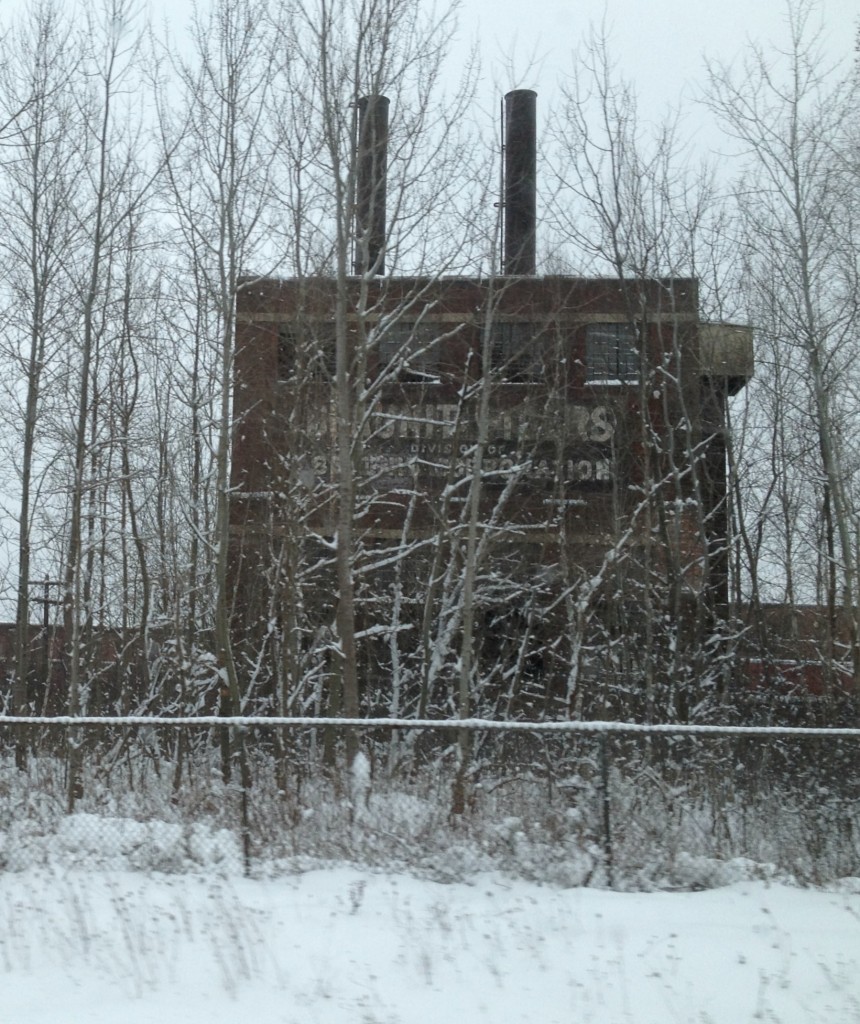
The cityscape of Amsterdam, NY, as seen from the New York State throughway, I-90:
